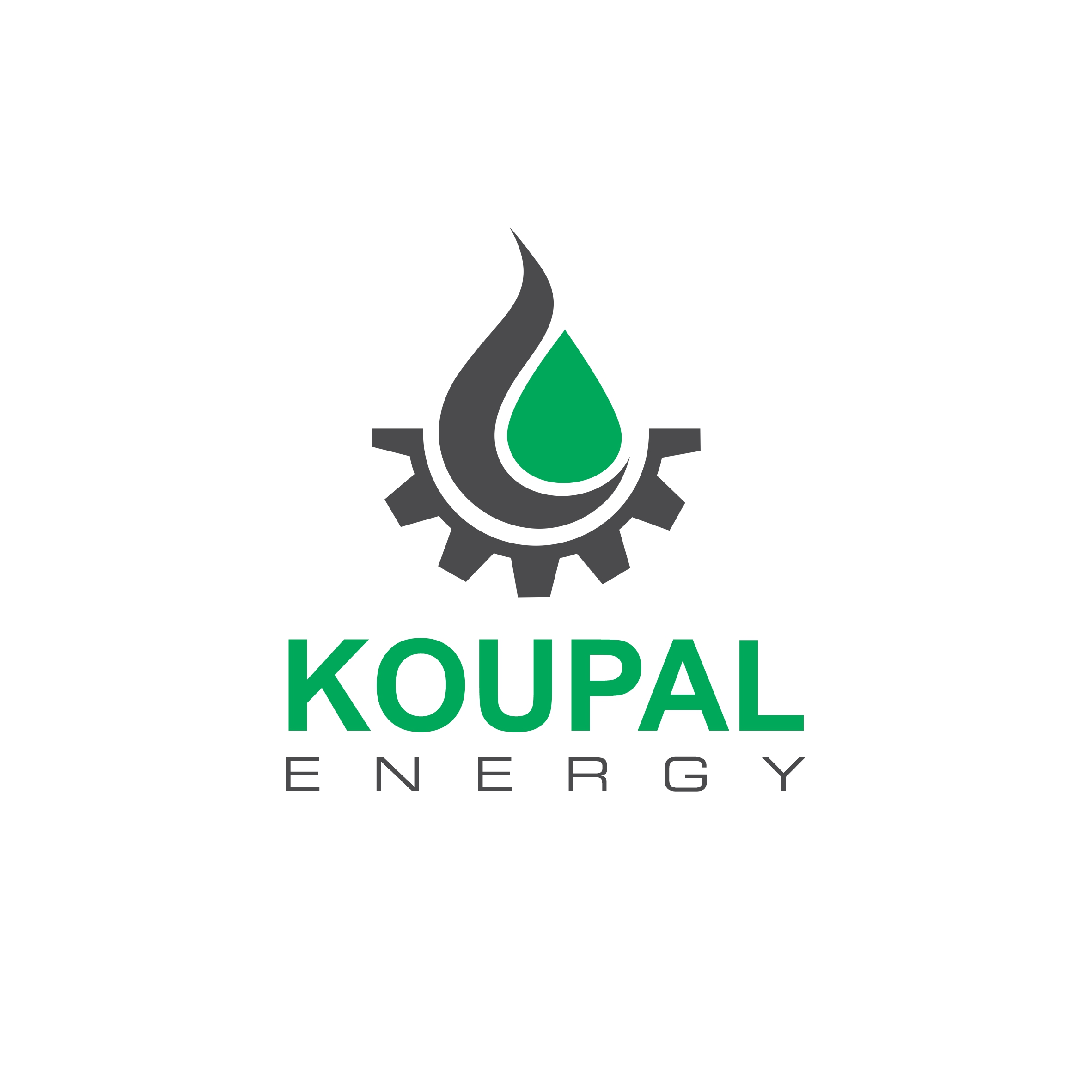Speaker
Description
Bubbly flow is one of the types of gas-liquid two-phase flow regimes, in which the gas phase is dispersed in the liquid phase in the form of small bubbles. This type of flow is usually observed at low gas velocities and high liquid velocities, and it can play an important role in the oil and gas industry. In bubbly flow, the gas bubbles tend to accumulate in the upper part of the pipe due to their lower density compared to the liquid. This non-uniform distribution of the gas phase in the liquid can affect the flow parameters such as pressure drop and mass transfer. Accurate knowledge of the bubbly flow regime and the factors affecting it, such as the gas-to-liquid volume ratio, fluid velocities, and their physical properties, is crucial for the design and optimal operation of industrial equipment like bubble reactors and heat exchangers that utilize this type of flow. Experimental studies and numerical modeling in this field have led to significant progress in understanding and predicting the behavior of bubbly flow. These advancements can contribute to the improvement of the design and efficiency of these industrial equipment. This research aims to provide a comprehensive understanding of the factors influencing the regime transition of bubbly flow, exploring its various applications across different fields, and proposing detection methods. By doing so, a novel perspective for designing, operating, and optimizing the safety and efficiency of pipeline systems will be fulfilled.
| Student presentation contest | Opt in |
|---|---|
| Student Poster Contest | Opt In |
| Journal Submission | Consider for Journal Submission |




